Have you ever noticed a painful bump forming at the base of your big toe? If so, do you feel uncomfortable walking or wearing your favourite shoes? Chances are, you might be dealing with bunions – a common foot condition.
Bunions can affect people of all ages; their impact extends beyond mere discomfort. In this guide, we will shed light on their causes, symptoms, and treatment options. This blog will be your go-to resource for bunion knowledge and care, so keep reading!
Note: This doesn’t constitute professional medical advice. Suppose you suspect you have bunions or need personalised guidance. We recommend seeking assistance from a qualified healthcare professional for an accurate diagnosis. Your well-being is our priority.
Bunions Explained
Bunions are bony protrusions that develop at the base of the big toe joint. They often result from:
- a combination of genetic factors
- improper footwear (e.g., not wearing proper orthotics insoles)
- structural abnormalities in the foot
These growths cause the big toe to deviate towards the other toes. Over time, they create a painful bump on the inside of the foot. Besides impacting the foot’s appearance, bunions can also lead to the following:
- discomfort
- inflammation
- limited mobility
Understanding these conditions is vital for managing their effects. Most importantly, for seeking appropriate medical advice if needed.
Causes
 (Image Credit: Wikimedia Commons)
(Image Credit: Wikimedia Commons)
Bunions can be attributed to several common causes. But these three factors below play pivotal roles:
1. Genetics
Genetic predisposition plays a significant part in bunion formation. If bunions run in your family, you may have a higher likelihood of developing them. Inherited foot structures and joint characteristics can increase the susceptibility to bunions.
2. Improper footwear
Wearing tight, narrow, or high-heeled shoes can force the toes into an unusual position. This puts immense pressure on the big toe joint. Over time, this pressure can lead to the development of bunions.
3. Foot structure
Certain foot abnormalities can create instability in the foot’s mechanics. Great examples are flat feet or low arches. This instability can cause the big toe to drift towards the other toes. In return, it increases the risk of bunion formation.
In essence, bunions form when these three disrupt the natural alignment of the big toe joint. This results in the eventual development of the bony protrusion traits of bunions.
Symptoms
Individuals with bunions often experience a range of discomforting symptoms. Pain is a primary concern, centred at the base of the big toe, worsened by pressure or tight footwear. This pain can extend to the entire foot and even affect walking. Swelling and inflammation around the bunion are common, making it red and tender to the touch.
Bunions also cause noticeable changes in foot appearance. The big toe may lean towards the adjacent toes. This often results in a prominent, often painful bump on the inside of the foot. Over time, the joint may become increasingly misaligned, leading to further deformity.
These symptoms can affect physical well-being and impact one’s quality of life. Thus making early intervention and proper care essential.
Diagnosis
Healthcare professionals typically diagnose bunions through a combination of:
- physical examination
- medical history assessment
These allow them to look for the characteristic bony bump and assess its severity. X-rays may be ordered to gauge the extent of deformity.
It’s crucial to seek medical advice if you suspect a bunion. For one, early diagnosis can lead to more effective treatment options. Delaying medical consultation could allow the condition to progress. And this could potentially require more invasive interventions to manage the symptoms.
Treatment Options
Treatment options for bunions encompass both non-surgical and surgical approaches:
Non-surgical
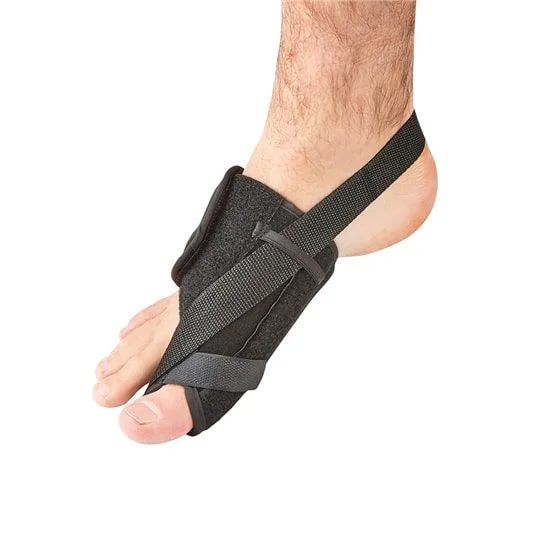
- Footwear modifications: Wearing roomy, supportive shoes with a wide-toe box can work. Doing so may relieve pressure on bunions and prevent further irritation.
- Orthotics: Custom or over-the-counter shoe inserts help redistribute weight and improve foot alignment. This can help reduce pain and slow bunion progression. An excellent example is this bunion corrector. Wearing it can give you back control of your feet so you can focus on your activities comfortably.
- Pain management: Over-the-counter pain relievers and ice packs can alleviate discomfort and inflammation.
Surgical
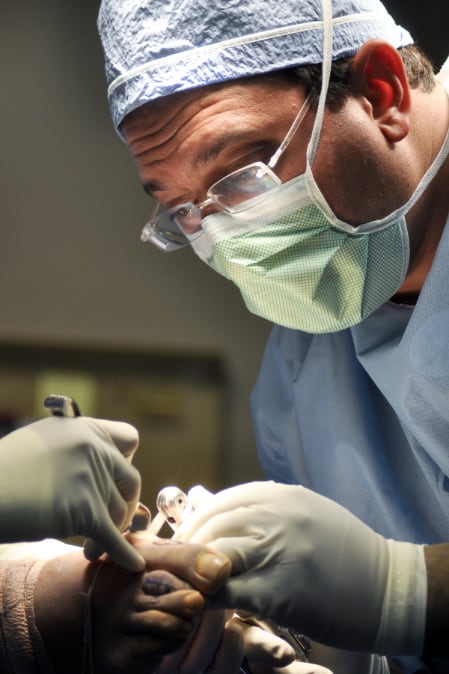 (Image Credit: Wikimedia Commons)
(Image Credit: Wikimedia Commons)
In severe cases with persistent pain and deformity, surgical intervention may be necessary.
- Bunionectomy: This involves removing the bony protrusion and realigning the affected joint.
- Osteotomy: This procedure involves cutting and repositioning bones to correct the deformity.
- Arthrodesis: In cases of advanced joint damage, fusion of the affected joint may be ideal.
Surgery is typically considered when conservative measures fail to provide relief. Moreover, when the bunion significantly impairs daily activities or causes persistent pain. Consult with a healthcare professional to determine the most suitable treatment plan.
Prevention
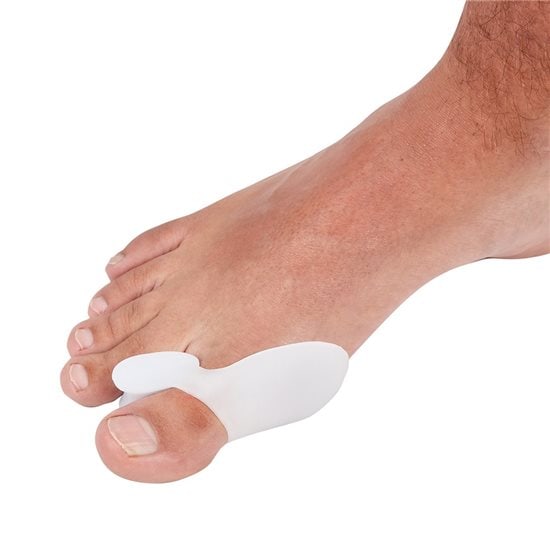
To prevent bunions or slow their progression:
- Choose proper footwear: Opt for shoes with a wide toe box and good arch support.
- Avoid high heels: Minimise high heel usage to reduce pressure on the big toe joint.
- Foot exercises: Regularly perform toe stretches and foot exercises. This can help improve foot strength and flexibility.
- Maintain a healthy weight: Excess weight can exacerbate bunion discomfort. Thus, maintaining a healthy weight is important.
- Orthotics: Consider using support insoles to improve foot mechanics and reduce strain.
These measures can help maintain foot health and reduce the risk of bunions.
Round-up
Understanding bunions is the first step toward effective management and relief. While they can be both painful and inconvenient, they are manageable. By recognising their causes, symptoms, and treatment, you can take proactive steps to address them.
Remember, if you suspect you have it or are dealing with persistent pain, seek medical advice. Early intervention and a tailored treatment plan can make a significant difference. So take action today to put your best foot forward on the path to healthier, pain-free feet!
For toe supports, explore Physioroom’s selection for more. A bunion gel toe corrector is also available, including heel cushion socks.
What to read next: How to Treat Sesamoiditis


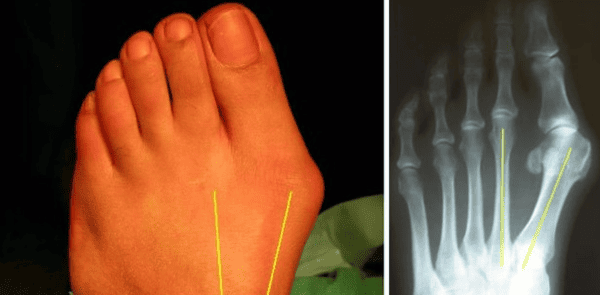
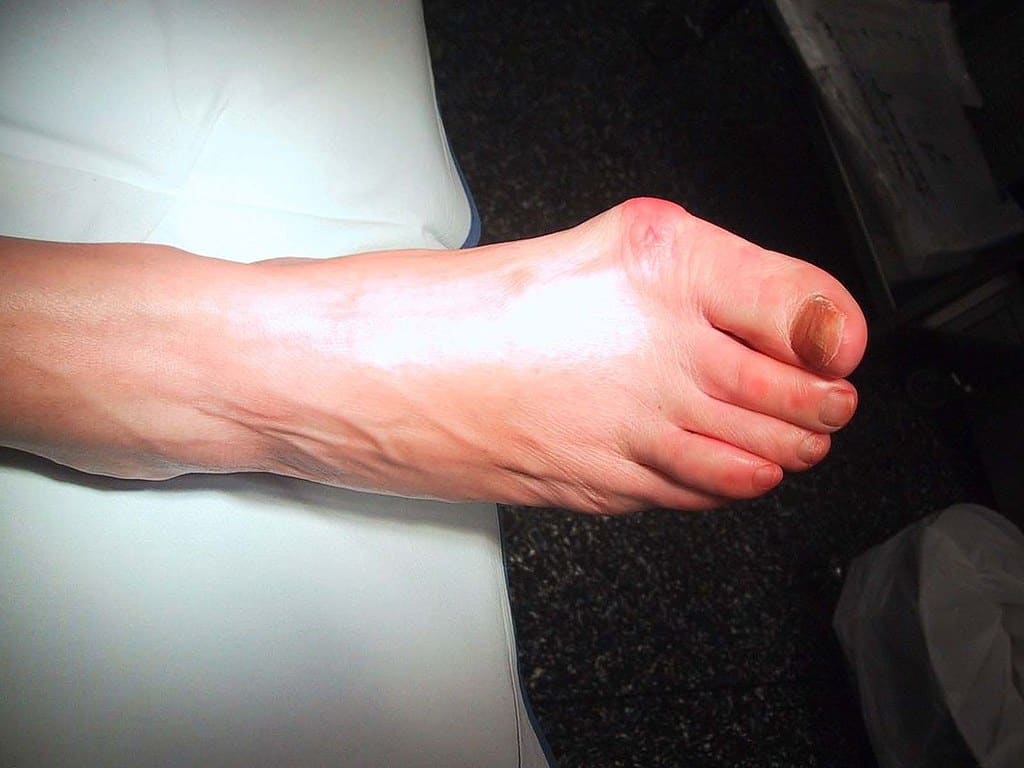 (
(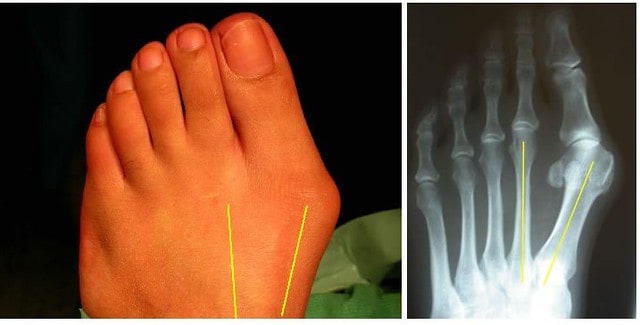 (
(